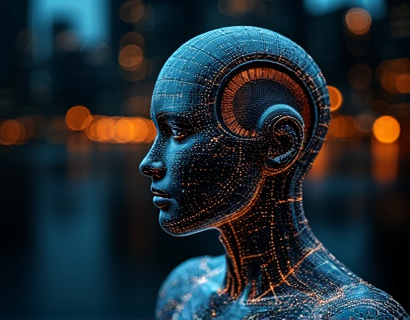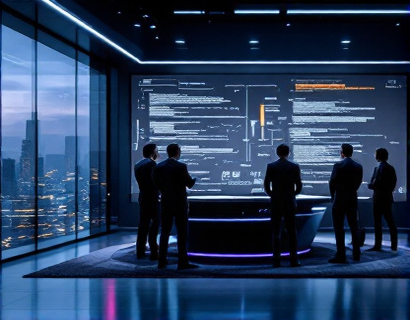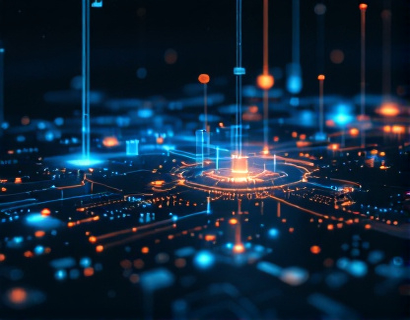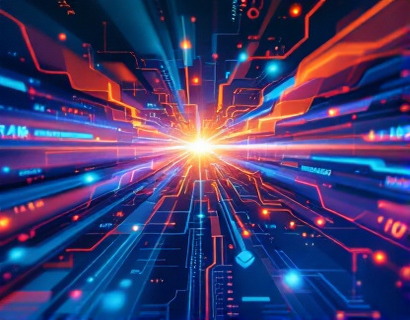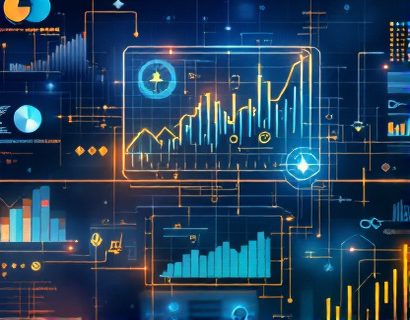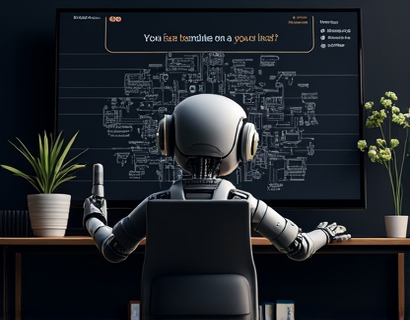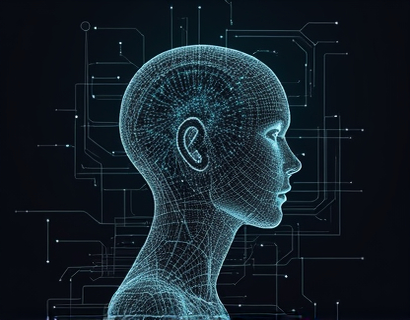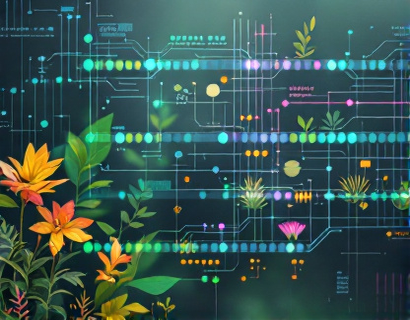AI-Powered Translation Technology: Elevating Global Communication for Businesses and Individuals
In an increasingly globalized world, the ability to communicate effectively across languages is crucial for businesses and individuals alike. AI-powered translation technology has emerged as a transformative solution, breaking down language barriers and enhancing interactions across diverse industries. This article delves into the advancements in AI translation tools, their impact on global communication, and the benefits they offer to users.
Understanding AI-Powered Translation
AI-powered translation technology leverages machine learning algorithms and natural language processing to provide accurate and context-aware translations. Unlike traditional rule-based translation systems, AI models can learn from vast amounts of data, adapting to nuances and idiomatic expressions. This results in more natural and fluent translations that better convey the intended meaning.
The core of AI translation lies in neural machine translation (NMT), a subset of deep learning. NMT uses neural networks to understand and generate translations, significantly improving accuracy and coherence. These models are trained on massive datasets, allowing them to capture the complexities of language, including grammar, syntax, and context.
Benefits for Businesses
For businesses operating in a global market, AI-powered translation tools offer numerous advantages. One of the most significant benefits is the ability to communicate seamlessly with international clients and partners. Accurate translations help build trust and credibility, fostering stronger business relationships.
AI translation tools also enhance market expansion by enabling companies to localize content for different regions. This includes translating websites, marketing materials, and customer support content into multiple languages, making it easier to reach and engage with a broader audience. The efficiency and speed of AI translations reduce the time and cost associated with traditional translation methods, allowing businesses to respond quickly to market changes.
Improving Customer Experience
In the realm of customer service, AI-powered translation tools play a vital role in providing multilingual support. Businesses can offer 24/7 assistance to customers from around the world, regardless of language barriers. This not only improves customer satisfaction but also enhances brand loyalty.
Chatbots and virtual assistants powered by AI translation technology can handle a high volume of inquiries in multiple languages, ensuring that customer queries are handled promptly and accurately. This level of service is particularly valuable for e-commerce platforms and global companies with a diverse customer base.
Enhancing Collaboration
AI translation tools facilitate better collaboration among international teams. In a global workforce, team members may speak different languages, and effective communication is essential for project success. AI translations enable real-time communication, reducing misunderstandings and streamlining workflows.
Translation tools integrated into collaboration platforms, such as project management software and communication apps, ensure that all team members can contribute and understand each other, regardless of their native language. This fosters a more inclusive and productive work environment.
Challenges and Limitations
Despite the numerous benefits, AI-powered translation technology is not without challenges. One of the primary concerns is the accuracy of translations, especially for complex or specialized content. While AI models have improved significantly, they can still struggle with idiomatic expressions, technical jargon, and cultural nuances.
Another limitation is the potential loss of context in automated translations. Human translators can provide insights based on context and intent, which AI models may not always capture. However, ongoing advancements in AI research are addressing these issues, gradually improving the quality of translations.
Industry-Specific Applications
AI-powered translation technology finds applications across various industries, each with its unique requirements and challenges.
Healthcare
In the healthcare sector, accurate translations are critical for patient care and safety. AI translation tools can help translate medical records, patient instructions, and research papers, ensuring that healthcare providers and patients can communicate effectively. This is particularly important in multicultural healthcare settings where language barriers can impact treatment outcomes.
Legal and Finance
Legal and financial documents require precise translations to avoid misinterpretation and legal issues. AI-powered translation tools can assist in translating contracts, legal agreements, and financial reports, ensuring that all parties understand the terms and conditions. While human review remains essential, AI can significantly speed up the translation process and reduce costs.
Travel and Tourism
For the travel and tourism industry, AI translation tools enhance the visitor experience by providing real-time language assistance. Travel guides, hotel information, and local attractions can be translated on the go, helping tourists navigate unfamiliar environments more easily. This not only improves customer satisfaction but also boosts tourism revenue.
Future Trends and Innovations
The field of AI translation is rapidly evolving, with ongoing research and development pushing the boundaries of what is possible. One exciting trend is the integration of multimodal translation, which combines text, speech, and visual content to provide more comprehensive translations. This approach can enhance understanding in scenarios where context is crucial, such as in video conferencing or virtual reality environments.
Another area of innovation is the development of low-resource language support. Many languages lack extensive training data, making accurate translations challenging. Advances in transfer learning and cross-lingual models are helping to bridge this gap, enabling better translations for less common languages.
Conclusion
AI-powered translation technology is revolutionizing global communication, breaking down language barriers and fostering deeper connections between businesses and individuals. The precision, speed, and efficiency of these tools make them invaluable assets in today's interconnected world. As the technology continues to advance, we can expect even more sophisticated and accurate translations, further enhancing international collaboration and understanding.




